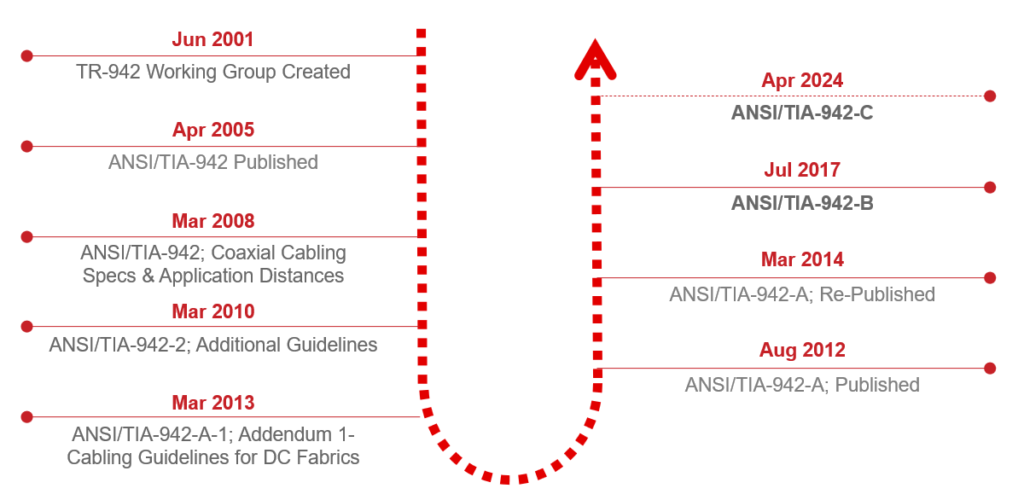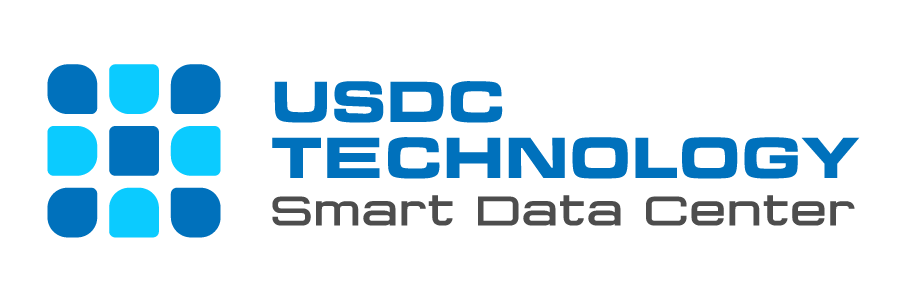In the ever-evolving landscape of data center infrastructure, two significant players have shaped the way we conceptualize and implement standards: Uptime (UTI) and the Telecommunications Industry Association (TIA). Their convergence and subsequent divergence have marked important milestones in the quest for reliability, efficiency, and standardization within the industry.
Origins of Uptime’s Tier System
In 1995, Uptime Institute introduced the Tier Classification System, aimed at defining site infrastructure performance for data centers. The system categorized data centers into four tiers (I to IV), with Tier IV representing the pinnacle of resilience and Tier I the baseline. This system became synonymous with measuring uptime reliability, providing a benchmark for data center operators worldwide.
The Birth of TIA-942
Meanwhile, in the early 2000s, the TR42 committee of the Telecommunications Industry Association embarked on creating a telecommunication standard specifically tailored for data centers. This standard, released in 2005, expanded beyond the electrical and mechanical aspects outlined in Uptime’s Tier Standard Topology (TST), encompassing architectural and telecommunication considerations as well.

Convergence and Divergence
The inclusion of Tier concepts in TIA-942 marked a significant moment of convergence between Uptime and TIA. However, differences emerged in terminology and scope. While Uptime utilized Roman numerals (I, II, III, IV) to denote tiers, TIA adopted Arabic numerals (1, 2, 3, 4). Additionally, TIA-942 incorporated a broader range of factors beyond those outlined in Uptime’s TST.
Shift in Terminology
As TIA-942 gained popularity and organizations sought conformity assessments based on the standard, confusion arose in the market regarding the use of the term “Tier” without specifying whether it referred to Uptime’s TST or TIA-942. In response, Uptime approached TIA in 2013 with a request to remove the term “Tier” from TIA-942. TIA, being a non-profit organization, agreed to the request, replacing “Tier” with “Rated/Rating” in the 2014 version of the standard.
Independent Paths
The removal of the term “Tier” from TIA-942 effectively severed the formal relationship between Uptime and TIA. Since then, both entities have continued to develop and revise their standards independently, focusing on their respective documents and frameworks.
Conclusion
The history of Uptime vs. TIA-942 exemplifies the collaborative yet divergent nature of standards development within the data center industry. While the convergence between Uptime and TIA initially led to the incorporation of Tier concepts into a widely adopted standard, differences in terminology and focus ultimately prompted a separation. Nevertheless, both Uptime and TIA remain pivotal in shaping the standards and practices that underpin the reliability and efficiency of modern data center infrastructure.
Media Contact
Universal Smart Data Center Technology
Phone: (+84) 28 73080708
Email: info@usdc.vn


